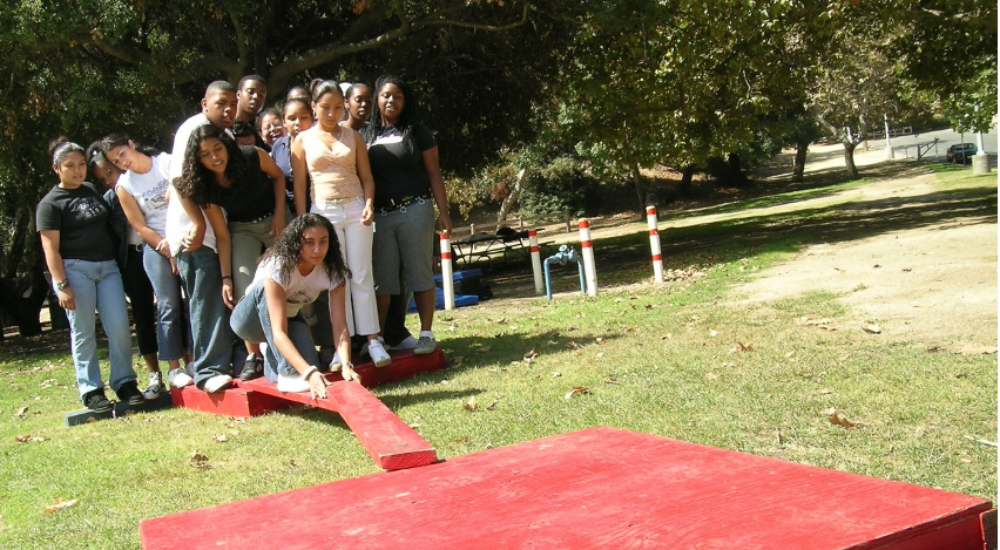This morning I had coffee and a celery-green apple-turmeric smoothie (my wife is trying to keep us healthy) for breakfast. Perhaps it did not provide the proper amount of sweetness to boost my mood, but perhaps it was just the kind of medicine I needed to say the following. We need to think about our priorities. We need to focus on older youth.
The field of education, after school, and beyond is currently focused on getting young students, TK through 2nd graders, back to in-person learning ASAP. I agree. I also fully support increases to funding for ES and MS students, PODs for our youngest youth, and everything else possible for our littlest learners. But, I also want to hold onto the very real fact that our older youth are also suffering and in need. In some ways, their suffering is unseen and unacknowledged because it is psychological and emotional.
Our older youth are facing a mental health pandemic layered on top of the physical, biological Covid crisis.
Our country was facing a suicide crisis before quarantine and lockdown started. The CDC released a report in August 2020 called, Suicidal Ideation and Behaviors Among High School Students. It reports that, “During 2009–2018, suicide rates among youths aged 14–18 years increased by 61.7%…” and “during 2019, a total of 18.8% of students reported having seriously considered suicide, with prevalence estimates highest among females (24.1%); white non-Hispanic students (19.1%); students who reported having sex with persons of the same sex or with both sexes (54.2%); and students who identified as lesbian, gay, or bisexual (46.8%).” Twenty percent of teens seriously considered suicide before the chaos of 2020. Now, in 2021, the American Academy of Pediatrics reports, “Significantly higher rates of suicide-related behaviors appear to have corresponded with times when COVID-19 stressors and community responses (e.g., stay-at-home orders and school closures) were heightened, indicating that youth experienced elevated distress during these periods” (Hill RM, et al. Pediatrics. Dec. 16, 2020).
Just because our older youth can make their own lunches doesn’t mean that they are doing just fine with Zoom and Google Classroom learning. They are not. We need to see them and acknowledge their needs. Our older youth cannot be an afterthought as we tackle the hard questions about transitioning back from distance learning. Middle and high school students need small group instruction, collaborative learning experience, and the informal wellness check-ins that happen at school.
I understand that middle and high school students offer unique challenges for face-to-face instruction. I get that social distancing is a nightmare for school buildings that rotate hormonal teens around every 60-90 minutes. But, logistics is a problem for adults, and we can solve it. We can—and must—solve these challenges. We cannot assume that our teens can be dealt with after we figure out the logistics of young students. We can address both age groups simultaneously.
10th graders may be better suited to online learning than 1st graders. They may be more independent and facile with technology. But their needs for social-emotional learning and development are real. It is also vital to the future of our kids and our larger community, nation, and democracy that we meet these needs and foster healthy, well-balanced, kind, and empathetic youth. This is especially clear after the displays of hatred, ignorance, and selfishness in 2020 and in the insurrection at the Capitol a few weeks ago. We know that there is a lot of work ahead of us in educating for a brighter future.
We in the field of alternative education are particularly suited to face these problems. We approach education with creative models and look for alternatives to bureaucratic challenges. We can do this. We must.
Author: @blupien
